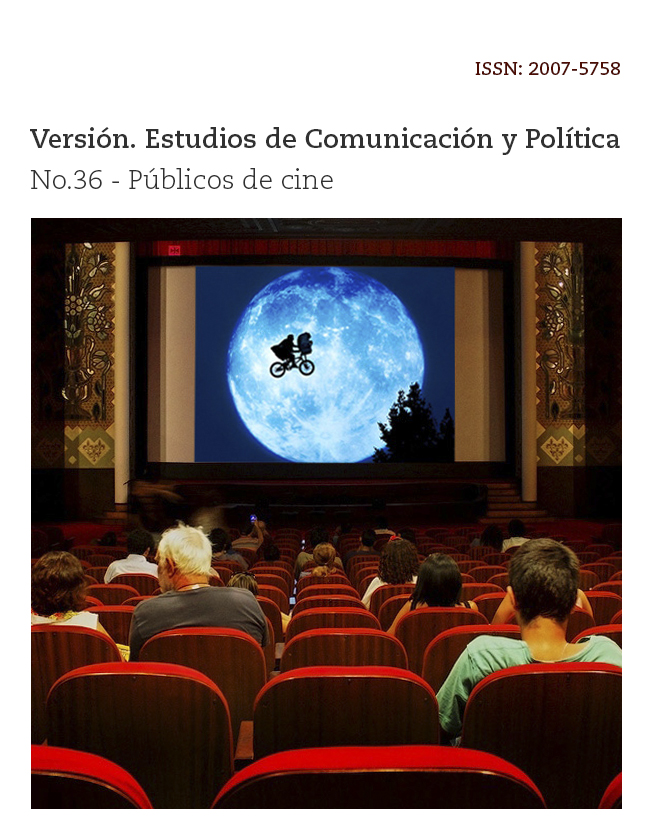Cine e identidades populares urbanas (Cali, Colombia, décadas de 1940 y 1950)
Resumen
RESUMEN: A partir de fuentes orales y artículos periodísticos, este artículo analiza los gustos y las prácticas de recepción cinematográficas de las audiencias de clases populares en Cali, Colombia, en las décadas de 1940 y 1950. Se argumenta que el cine potenció nuevas identidades urbanas que transformaron los lugares tradicionales de las clases populares en la estructura social de la ciudad, haciéndose eco de la conflictiva acomodación de los inmigrantes en medio de fuerzas sociales contradictorias. Se analiza de modo específico cómo las nuevas identidades populares urbanas fueron potenciadas por la representación de dos aspectos interrelacionados que el cine de la época, especialmente el mexicano, ofrecía. Primero, la representación de personajes de las clases populares urbanas mexicanas enmarcados en códigos genéricos melodramáticos, distanciados de las narrativas naturalistas clásicas. Segundo, las tendencias musicales de origen afrocubano, los modos de baile que mezclaban influencias cubanas, mexicanas y estadounidenses, y el estilo de vestimenta “pachuco” que estas películas enunciaban. En ambos casos, se considera cómo tales aspectos, a la vez que conectaban con modos de consumos culturales populares tradicionales, potenciaron nuevas prácticas e identidades urbanas modernas, orgullosamente afirmativas e internacionales. Los modos en los cuales las clases populares se relacionaron con el cine no solo desafiaron los imaginarios que las clases altas tenían de la cultura de los pobres, sino que pusieron en evidencia los conflictivos modos de asumir y vivir la modernidad en posiciones múltiplemente periféricas –como clase social, como raza, como género y como país.

